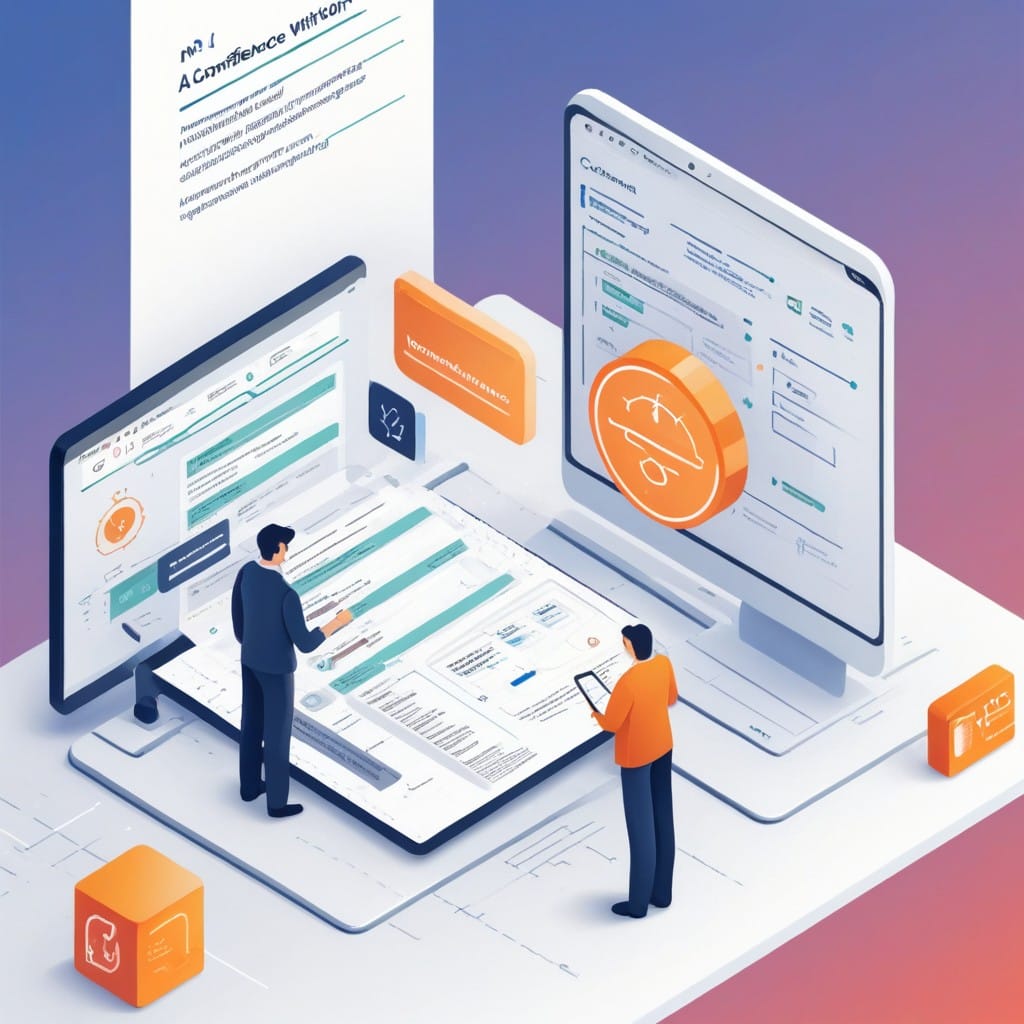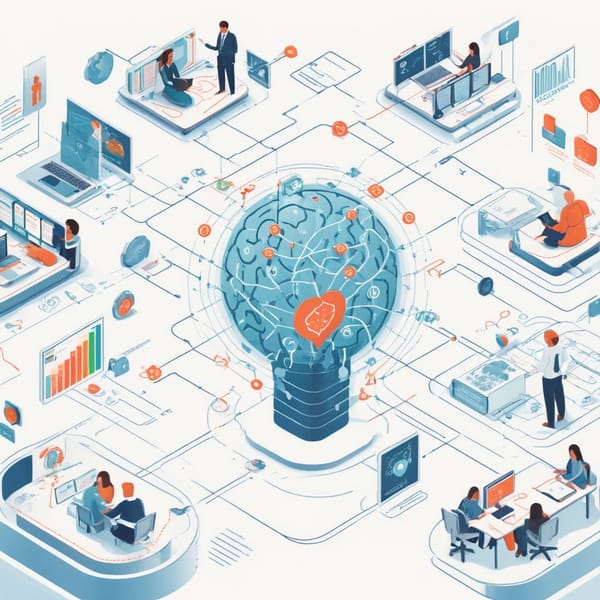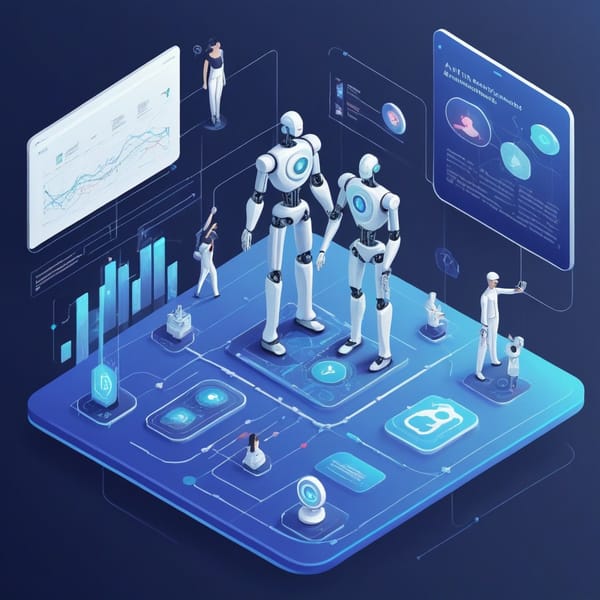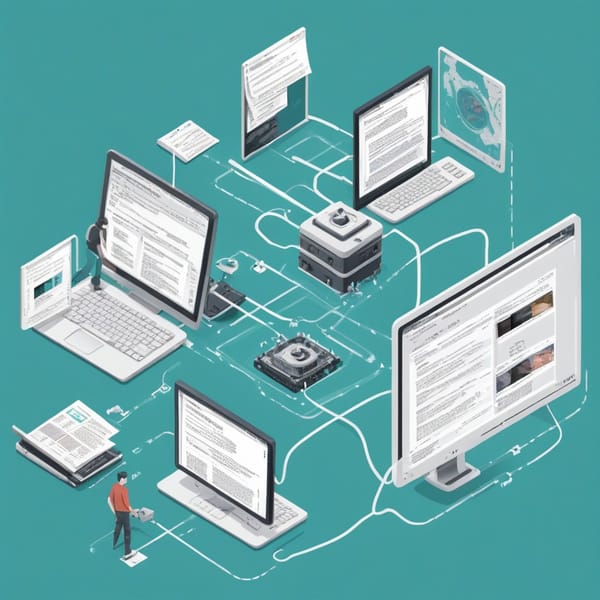AI-Powered Compliance Checks in n8n Workflows: Streamlining Automation with Confidence

Automation platforms like n8n have revolutionized how businesses handle repetitive tasks, integrate systems, and streamline workflows. However, as automation scales, ensuring compliance with industry regulations, internal policies, and data privacy laws becomes critical. This is where AI-powered compliance checks come into play, offering a smarter way to maintain adherence without sacrificing efficiency.
The Challenge of Compliance in Automation
Manual compliance checks are time-consuming, error-prone, and often lag behind real-time workflow execution. In dynamic environments—especially those handling sensitive data—automated workflows must align with regulations like GDPR, HIPAA, or SOC 2. Traditional rule-based checks can miss nuanced violations or require constant updates to stay relevant.
AI-powered compliance checks address these challenges by:
- Detecting anomalies in real-time data flows.
- Adapting to regulatory changes without manual intervention.
- Flagging potential risks before they escalate.
How AI Enhances Compliance in n8n
n8n’s open-source, low-code platform is highly flexible, making it ideal for integrating AI-driven compliance tools. Here’s how AI can be leveraged within n8n workflows:
1. Real-Time Data Validation
AI models can analyze data passing through n8n workflows to ensure it meets compliance standards. For example:
- PII Detection: AI can scan for personally identifiable information (PII) and enforce masking or encryption.
- Financial Compliance: Flag transactions that violate anti-money laundering (AML) rules.
2. Dynamic Policy Enforcement
Instead of static rules, AI can interpret context. For instance:
- If a workflow processes healthcare data, AI can verify HIPAA compliance by checking for proper access controls and audit trails.
- It can block unauthorized data exports or alert administrators of suspicious activity.
3. Automated Audit Logging
AI can generate detailed compliance reports by analyzing workflow execution logs, highlighting deviations, and suggesting corrective actions. This reduces the burden of manual audits.
4. Adaptive Learning
AI models improve over time by learning from past compliance violations, reducing false positives and adapting to new regulatory requirements.
Implementing AI-Powered Compliance in n8n
Here’s a step-by-step approach to integrating AI compliance checks into your n8n workflows:
Step 1: Choose an AI Compliance Tool
Options include:
- Pre-built APIs (e.g., OpenAI, Google Cloud DLP, or AWS Comprehend).
- Custom AI models trained on your specific compliance requirements.
Step 2: Integrate with n8n
Use n8n’s HTTP Request or Webhook nodes to connect to AI services. For example:
- Send workflow data to an AI model for analysis.
- Receive a compliance score or flagged issues in return.
Step 3: Automate Responses
Configure n8n to take action based on AI feedback:
- Approval Workflows: Route non-compliant data for manual review.
- Block Actions: Halt workflows if severe violations are detected.
Step 4: Monitor and Refine
Continuously train the AI model with new data to improve accuracy and reduce false positives.
Use Cases
- Healthcare: Ensure patient data anonymization in automated reports.
- Finance: Detect and block non-compliant transactions in real time.
- E-commerce: Validate GDPR compliance for customer data processing.
Conclusion
AI-powered compliance checks bring intelligence, adaptability, and scalability to n8n workflows. By integrating AI, businesses can automate with confidence, knowing their processes adhere to the latest regulations without manual oversight. As AI continues to evolve, its role in compliance will only grow—making now the perfect time to explore its potential in your automation strategy.
Ready to enhance your n8n workflows with AI? Start small, test rigorously, and scale your compliance automation for long-term success.



